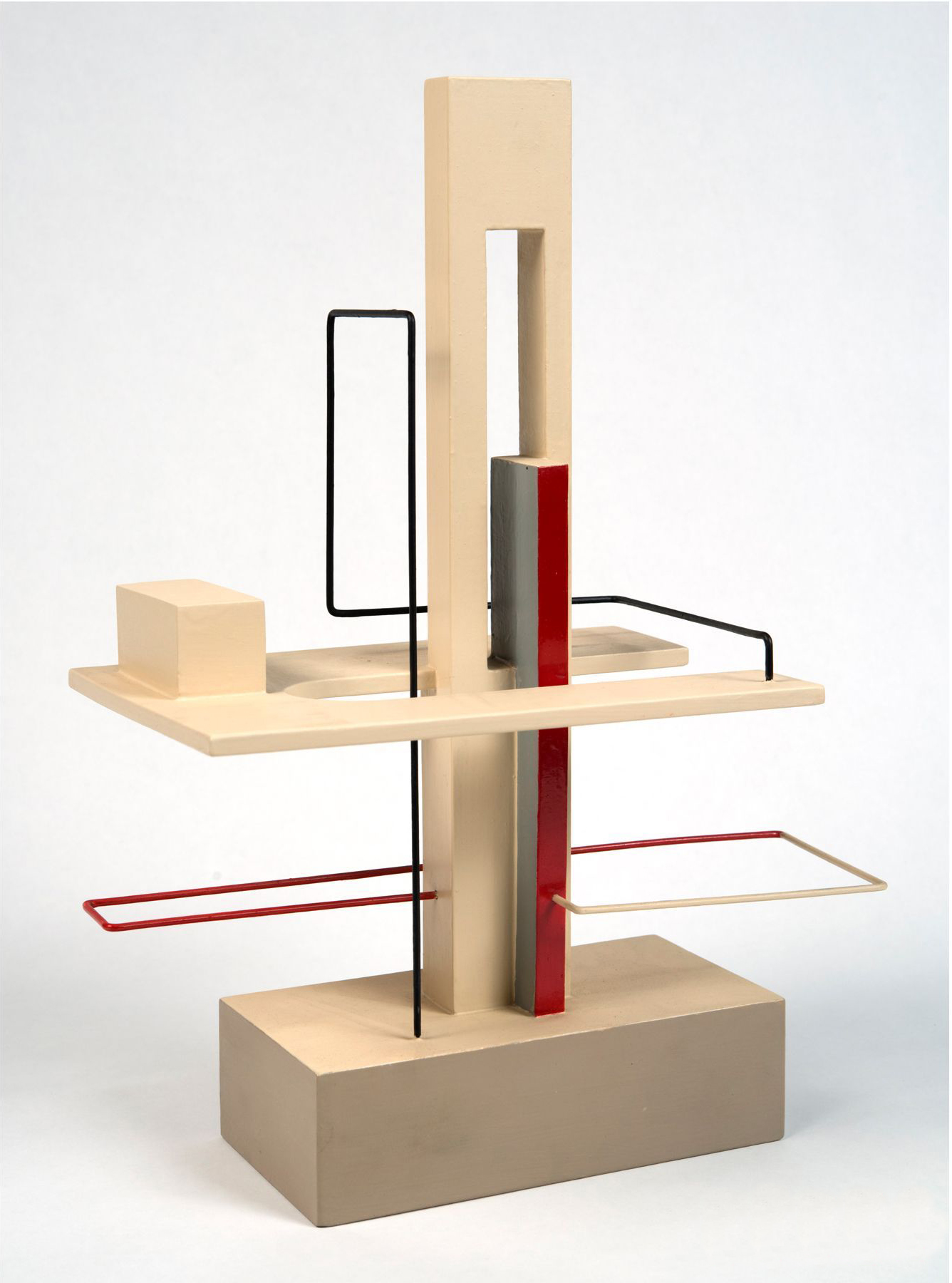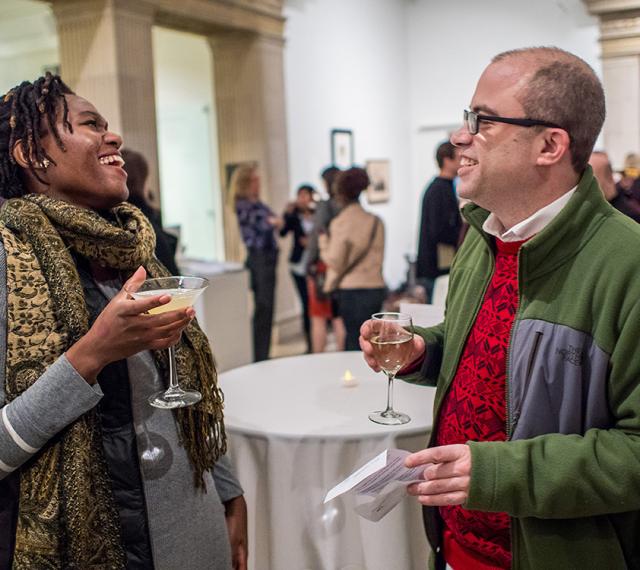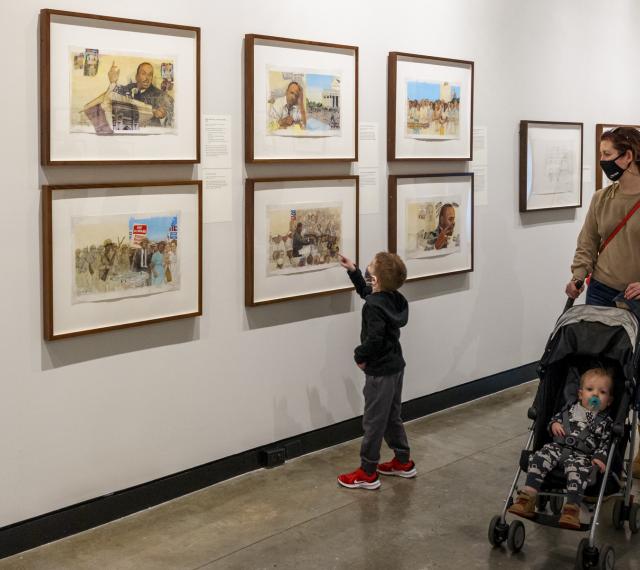This abstract sculpture with a reduced color palette and architectonic forms exemplifies the influence of European Modernism in the United States during the early Twentieth Century.
Theodore Roszak, along with Alexander Calder and David Smith, was one of the pioneers of constructed sculpture in America during the 1930s. A highly innovative artist who worked in a variety of mediums, Roszak drew on a wide range of interests, from technology and machine aesthetics to cosmology and music. After a trip to Europe, where he informally studied modern art, architecture, and industrial design, Roszak settles in New York in 1931. Making use of his new metal-working skills, he fabricated about forty-five constructions from 1931 to 1945.
Urban Construction is a seminal work with a streamlined architectural presence that reflects Roszak’s interest in the European modernist movements of Constructivism, de Stijl, and the Bauhaus. This skyscraper-like formation evokes the planar vocabulary of Piet Mondrian’s paintings, as well as the cubic architectural studies of de Stijl master Theo van Doesburg and the sculptural columns of Naum Gabo. Its polychromed treatment reflects Roszak’s experiences as a painter and proved to be an inexpensive way to enliven the work at a time when casting in bronze was financially prohibitive.
Roszak himself viewed his work, such as Urban Construction, as a ‘utopian symbol for perfection… a diagram of the unification of architecture and engineering, an idealized conception of man’s creative potential.’
Text Written by Gail Stavitsky (Chief Curator)
This work is not on view.




